Scientific Art and Artistic Science: Stephen Morris and Ron Wild at Red Head Gallery
Torontonian art-lovers have many reasons to drop by the cultural hub that is 401 Richmond, including now until January 30th a visit to The Map and the Territory. The exhibition produced in collaboration with Red Head Gallery was conceived by smART Mapper Ron Wild and University of Toronto Professor in physics Stephen Morris. Together they offer insights into the artistic potential of scientific images and objects by rendering the divisions between creative processes and scientific study as illogical and outdated.
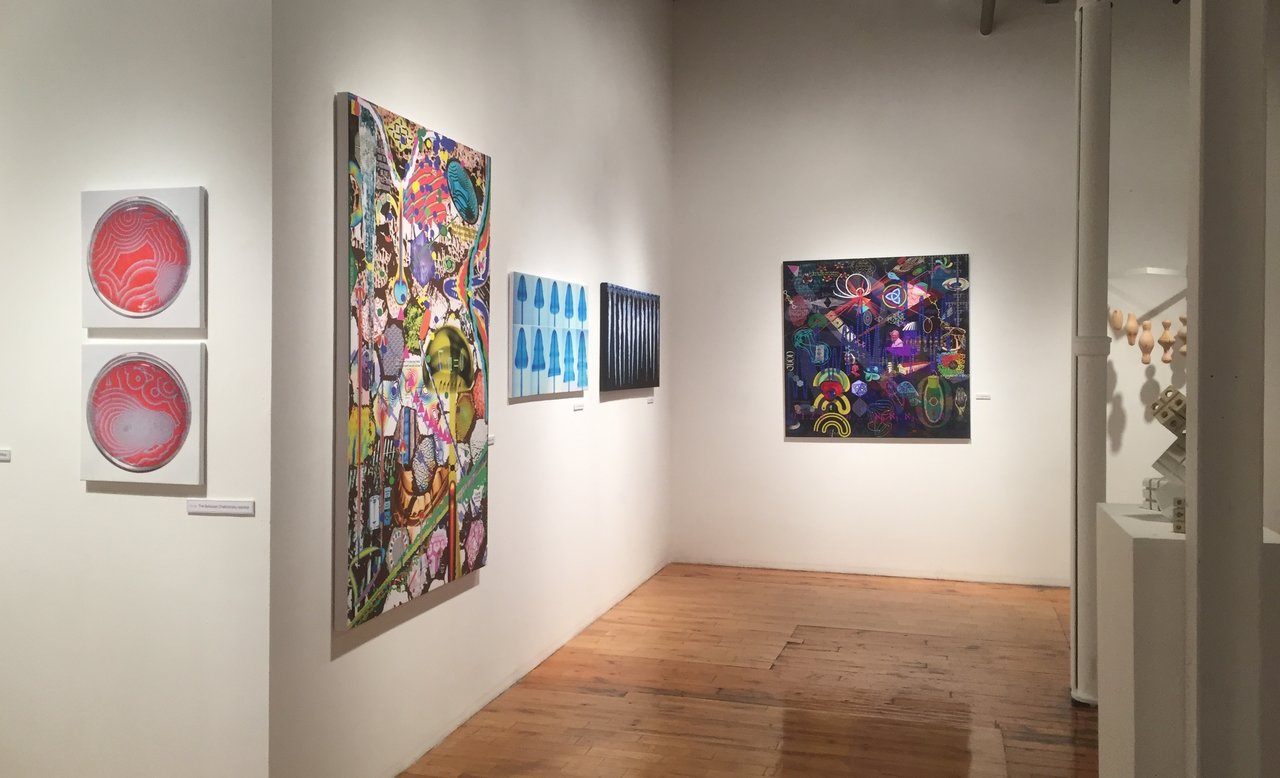 Installation view of The Map and the Territory, 2016, Red Head Gallery
Installation view of The Map and the Territory, 2016, Red Head Gallery
Stephen Morris told me that many of the physical experiments he has conducted over the years resulted in “beautiful phenomena” that both he and Ron wanted to share with others in a gallery setting. Morris then brought my attention to the piece “Icicle time lapse” explaining that, surprisingly, there is no current way of predicting the exact growth of an icicle. “Icicle time lapse” utilizes the Icicle Atlas, an online collection of images, time-lapse movies, 3D printable files, and time-series data made at the University of Toronto. Morris had mentioned that through his studies on Pattern Formation, the process of “self-organization” in many different living things is often spontaneous and visually alluring, inspiring him to display these qualities through images and videos. His resulting work is informed by a “mathematical aesthetic” or “nonlinear physics.”
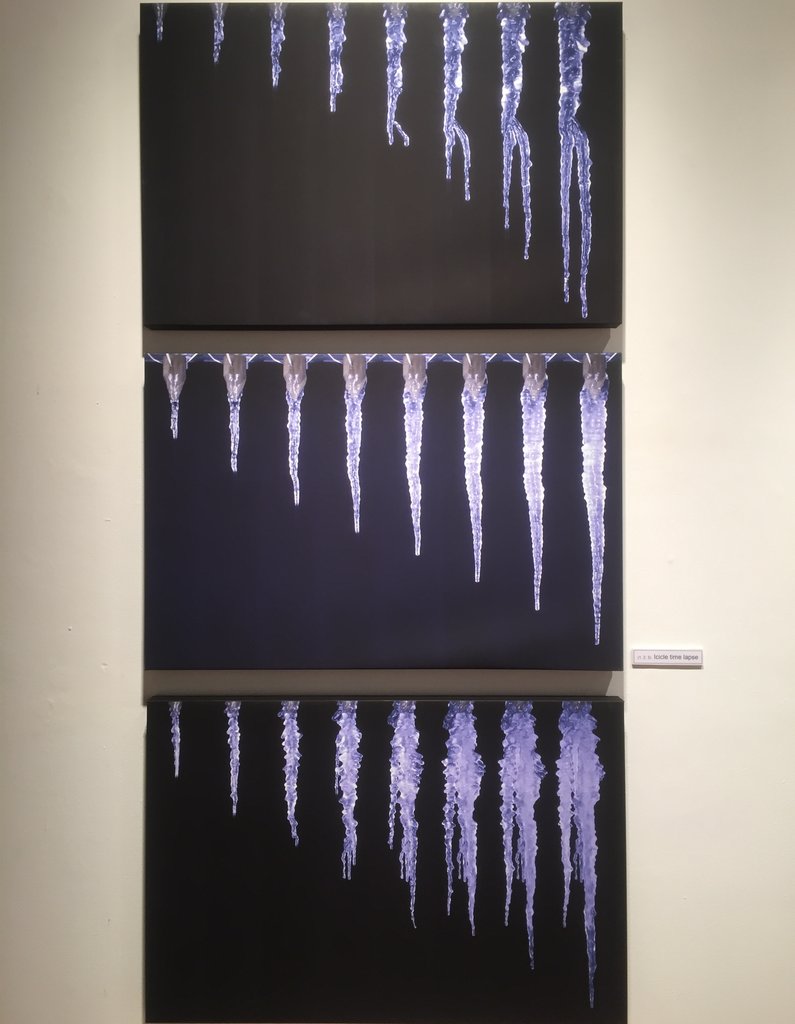 Stephen Morris, Ripply Icicle Time Lapse, Images from the Icicle Atlas. 2015, Inkjet Print, 60 x 90 cm each
Stephen Morris, Ripply Icicle Time Lapse, Images from the Icicle Atlas. 2015, Inkjet Print, 60 x 90 cm each
Morris constitutes only half of The Map and the Territory, with his images serving as a kind of “territory,” while Ron Wild assembles them into a kind of “map.” Wild is primarily known for his digital “smART Map” montages which are essentially mash-ups of what can be up to hundreds of layers of detailed mathematical and scientific imagery. “Nonlinear Map” is an example of this technique. The piece also mimics the layout of the scientific poster, a “format” invented many years ago to present scientific research in a time-conserving fashion during various meetings and conferences.
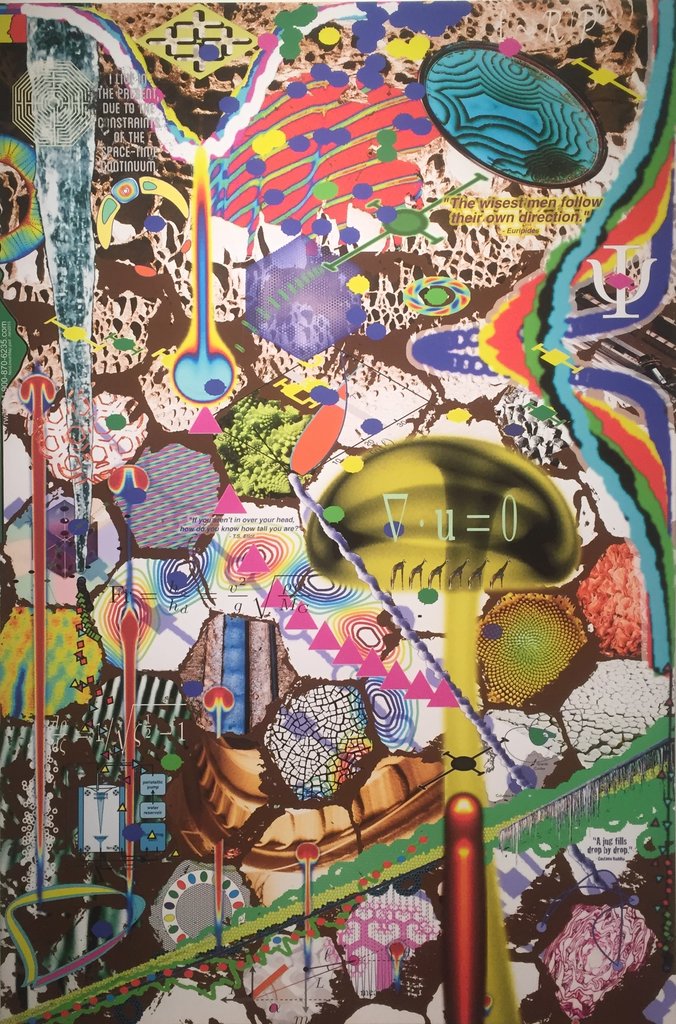 Ron Wild, Nonlinear Map, 2015, Digital Print on canvas, 44″ x 66″
Ron Wild, Nonlinear Map, 2015, Digital Print on canvas, 44″ x 66″
Since Wild often collaborates with mathematicians, scientists, and medical researchers, it seems a natural progression that he would assemble Morris’ photographs and video contents into collages that explore the study of “emergent nonlinear patterns.” Upon viewing Morris’ “Brussels sprout, bisected” for example, it can be noted that the innards of the vegetable form swirling patterns, in an almost chaotic manner. Spontaneity like this is mirrored in the kinetic and vibrant nature of Wild’s montages.
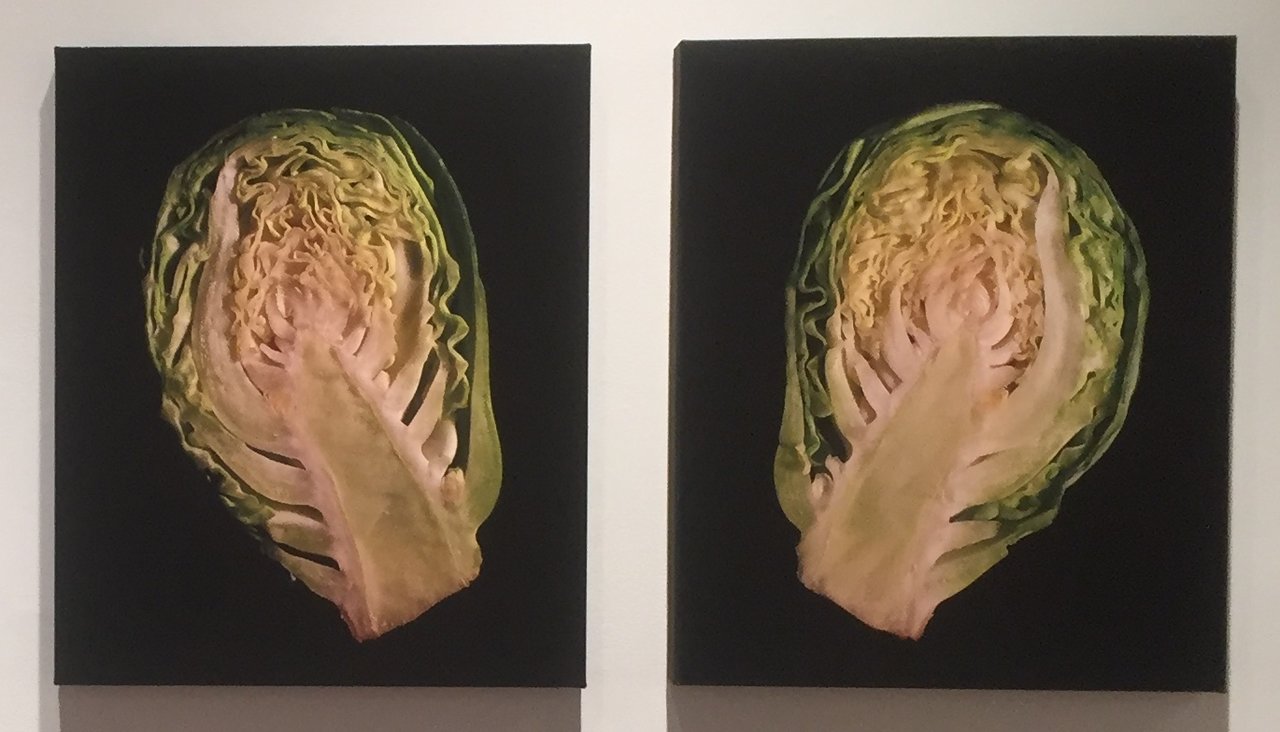 Stephen Morris, Brussels sprout, bisected, 2015, Inkjet Print, 50 x 60 cm each
Stephen Morris, Brussels sprout, bisected, 2015, Inkjet Print, 50 x 60 cm each
Morris is one of many “Salonistas” belonging to the Art/Science Salon, a series of semi-formal gatherings facilitated in collaboration with the Fields Institute for Research in Mathematical Sciences. The gatherings focus on discussions and cross-pollinations between science, technology and the arts. The next Art/Sci Salon meeting – titled “Of maps, territories and emergent patterns” – will be held at Red Head Gallery on January 29th at 7 pm. For any cross-pollinators who are interested in the re-purposing of scientific content into artistic production, this event is highly recommended.
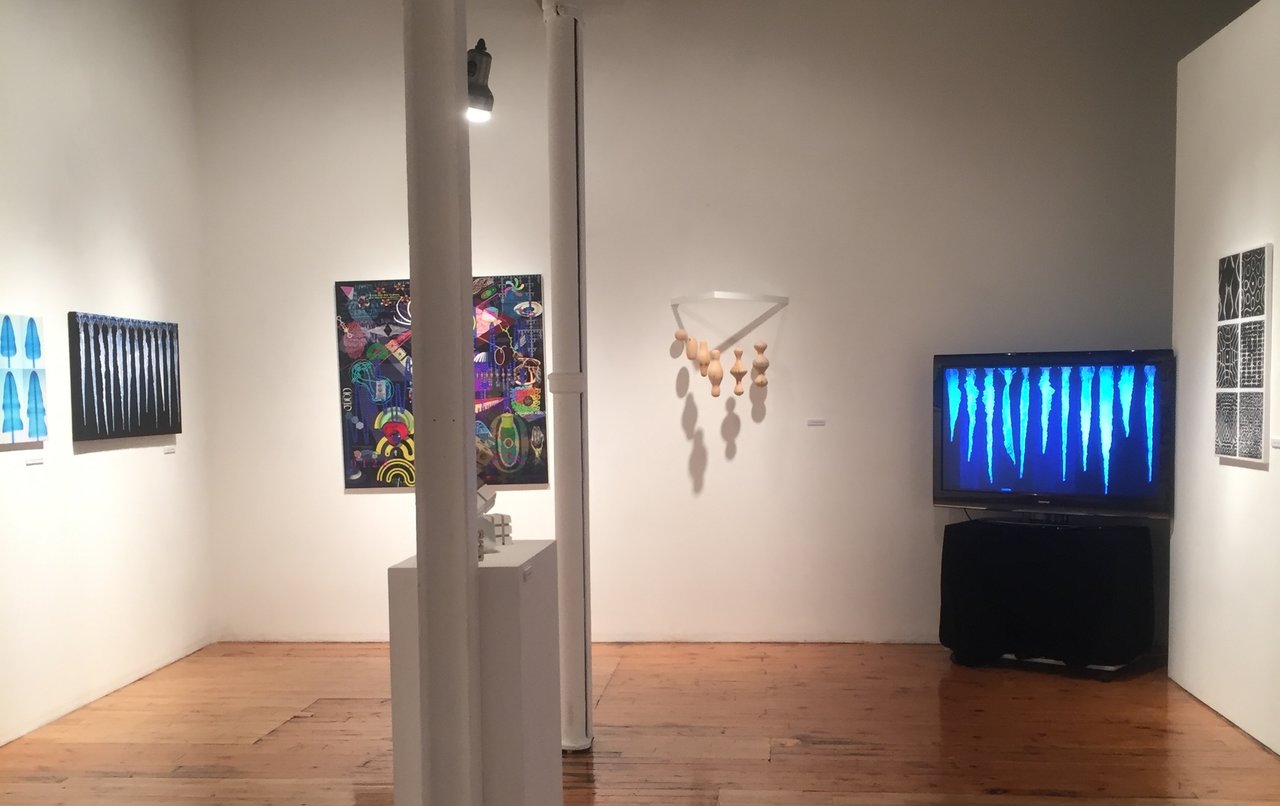 Installation view of The Map and the Territory, 2016, Red Head Gallery
Installation view of The Map and the Territory, 2016, Red Head Gallery
Text and photo: Katie Armstrong
*Exhibition information: January 17 – 30, 2016, The Red Head Gallery, 401 Richmond Street West, Toronto. Gallery hours: Wed – Sat, 12 – 5 p.m.
